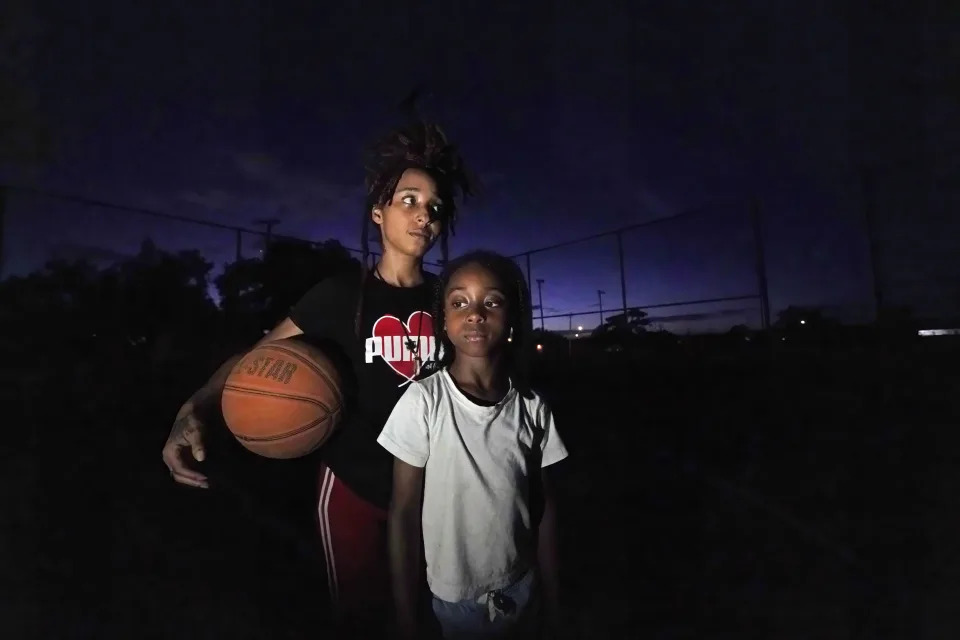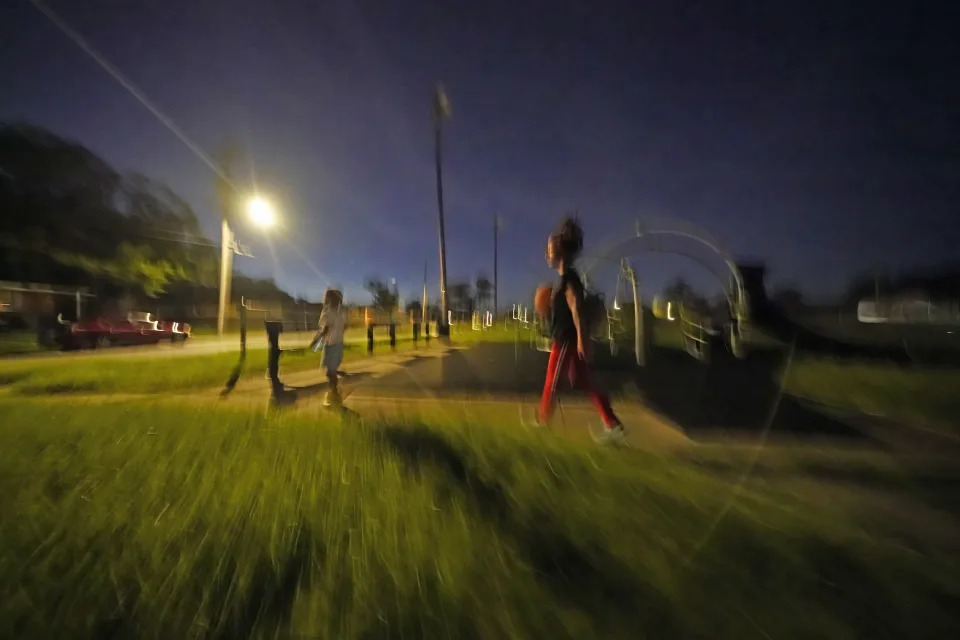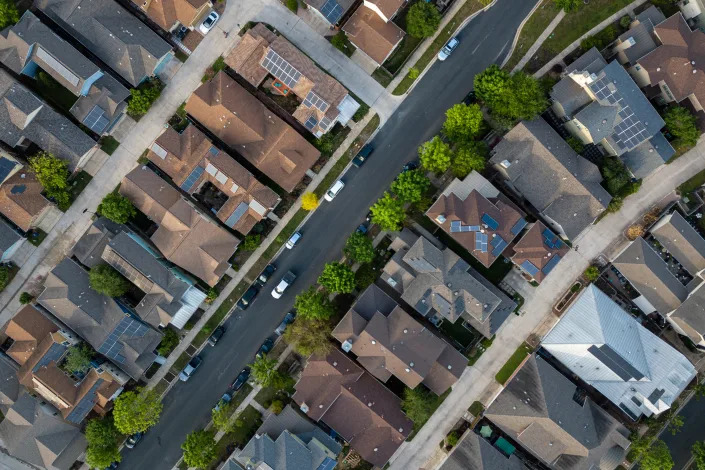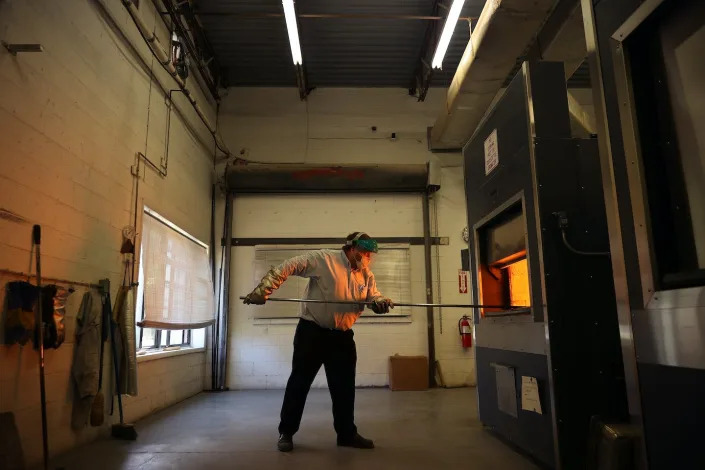AZ Central – The Arizona Republic
Arizona loses one-fifth of its Colorado River allocation under new federal drought plan
Debra Utacia Krol, Arizona Republic – August 16, 2022
The federal government will impose deeper cuts on the drought-stricken Colorado River, officials said on Tuesday, reducing water deliveries to Arizona by one-fifth starting in January.
The Bureau of Reclamation announced what it called “urgent action” as water levels in the river’s two largest reservoirs continue to drop. Under the steps outlined Tuesday, Arizona will lose 592,000 acre-feet of its river allocation in 2023, which represents 21% of its usual delivery. That’s an increase of 80,000 acre-feet from the 2022 cuts.
The additional cuts will come from the non-Indian agricultural water allocations, which includes farmers and some tribes, said Arizona Department of Water Resources Director Tom Buschatzke.
Nevada will give up 25,000 acre-feet, about 8% of its allocation, and Mexico’s share will be cut by 104,000 acre-feet, or 7% of its allocation. California will not lose any of its share under the blueprint released Tuesday.
These moves are meant to protect two major dams from structural damage and the ability to generate electric power.
Currently, Lake Mead holds just over 25% capacity and Lake Powell just less than 25%.
“Prolonged drought is one of the most profound issues facing the U.S. today,” said Tommy Beaudreau, assistant Interior secretary.
The Southwest has endured unrelenting drought for more than 20 years, an arid stretch that some scientists say is the worst in 1,200 years.
5 takeaways: What to know about the Colorado River drought plan
The Bureau of Reclamation also said it would take immediate action to address the continuing shortfalls in the system. Some of those include reducing Glen Canyon Dam releases to below 7 million acre-feet per year to protect critical infrastructure; investing in conservation and voluntary agreements; and looking closely at Lake Mead operations to prevent the reservoir from falling to critically low levels.
Federal officials said the Inflation Reduction Act, signed into law by President Joe Biden on Tuesday, allocates $4 billion to the Bureau of Reclamation for drought relief and $12.5 million for emergency drought funding for tribes.
The measure also allocates $550 million for water programs in disadvantaged communities. That’s in addition to $8.3 billion the bureau received to address drought and build water systems under the Bipartisan Infrastructure Act.
Interior Department officials said they would continue dialogue with the 30 federally recognized tribes in the basin and with Mexico as well as with the seven basin states to jointly deal with the long-term shortages.
Arizona: Proposed cuts are ‘unacceptable’

Arizona’s water managers suggested the plan was not enough and put too much of the burden on the Central Arizona Project, despite calls from the federal government to reduce water consumption across the river basin.
“It is unacceptable for Arizona to continue to carry a disproportionate burden of reductions for the benefit of others who have not contributed,” read a statement by Buschatzke and Ted Cooke, general manager of the CAP.
They said a proposal put forth by Arizona was rejected.
Federal officials acknowledged the urgency of the situation.
U.S. House: Bills passed to address drought on the Colorado River, wildfire recovery
“Our reservoirs are declining rapidly,” said Tanya Trujillo, assistant secretary of the Interior Department for water and science.
She said all users have the responsibility to ensure the water is used responsibly. Trujillo said if new funding is authorized without prompt actions now, the Colorado River and the 40 million people who depend on it will face an uncertain future.
Arizona already has taken significant cuts to its annual take from the river, but it hasn’t been enough to keep Lake Mead from dropping further.
Under a set of guidelines negotiated between the states and the Bureau of Reclamation, the Central Arizona Project reduced its pumping by 512,000 acre-feet this year after the bureau officially declared a shortage base on reservoir projections released a year ago.
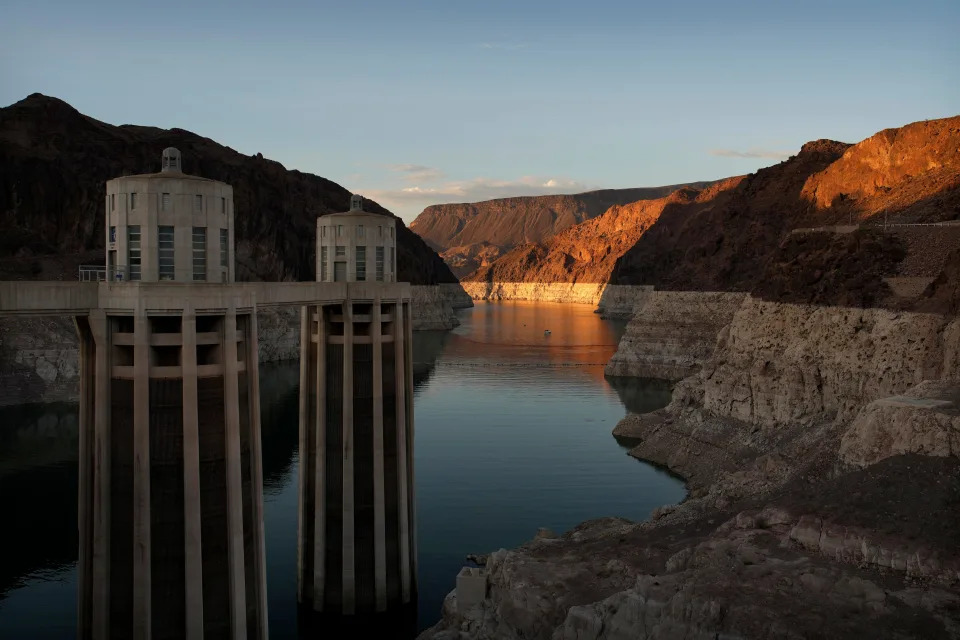
That would be enough to supply about 1.5 million Arizona households if it went exclusively to municipal uses.
The next tier, triggered when Lake Mead is projected to drop below elevation 1,050 feet above sea level, requires another 80,000 acre-feet from Arizona under guidelines adopted in 2007.
With a previously enacted Drought Contingency Plan and an additional emergency commitment that Arizona made with California and Nevada last winter, the state’s total reductions in 2022 total about 800,000 acre-feet, or more than a quarter of the state’s Colorado River allocation, according to CAP.
When disappointing runoff from Rocky Mountain snowpack started flowing toward reservoirs this spring and early summer, the Bureau of Reclamation said it would require more, at least 2 million and maybe 4 million acre-feet from all users in the watershed. That set off a scramble among Arizona and its neighbors to find more water.
Environment: Will Colorado River shortages limit water use? Arizona cities seek ‘culture change’ first
Sharon Megdal, director of the University of Arizona’s Water Resources Research Center, said the numbers don’t work if all of the states aren’t involved.
“Even if CAP and the cities were totally cut off, that wouldn’t add up to 4 million acre-feet,” she said. Cutting water use should be discussed and agreed to by all sectors and states, including the Upper Basin. “Nobody will come out of this unscathed.”
Residential water users are likely to escape the effects because most cities deliver water from a mix of sources. Phoenix implemented its drought management plan June 6 when it issued a Stage 1 water alert, asking residents to voluntarily conserve water use. Although the Colorado River provides about 40% of the city’s water, residential water users are unlikely to experience any cuts at this time.
But one major water stakeholder said Tuesday it had reassessed its position. The Gila River Indian Community cited a lack of progress among the states in its decision to stop contributing water to help shore up Lake Mead’s water levels.
GRIC and the Colorado River Indian Tribes had voluntarily left part of their water allocations in Lake Mead as part of a plan by states and water districts to conserve 500,000 acre-feet. The contributions by the two tribes enabled Arizona to hold up its end of the effort.
Gila River Gov. Stephen Roe Lewis said Tuesday the tribe would go another direction.
“The community has been shocked and disappointed to see the complete lack of progress in reaching the kind of cooperative basin-wide plan necessary to save the Colorado River system,” Lewis said. The tribe reevaluated its strategy and will instead return to storing water underground.
The Colorado River Indian Tribes contributed more than 200,000 acre-feet and fallowed farmland. The tribe said its actions raised Lake Mead’s level by 3 feet. The 4,270-member tribe plans to up its contribution in 2023 and to develop more ways to use less water, according to a statement.
“We recognize that the decades-long drought has reduced the water availability for all of us in the basin,” said CRIT Chairwoman Amelia Flores. “Our ancestors lived through droughts and floods before the settlers arrived and built the dams on the Colorado River. We are a resilient people at CRIT and bring this attitude to the way we live and to our efforts to protect the life of the river that is our namesake.”
Planners want more certainty
The Imperial Irrigation District, which holds 2.6 million acre-feet of Colorado River rights, issued a statement seeking more details from federal officials in conservation and reservoir operations at Lake Mead.
The Colorado River is the Imperial Valley’s only water source, according to the district. Its 116,000 acres of irrigated lands produce much of the nation’s vegetables during the winter months. One of the district’s big concerns is keeping the nearby Salton Sea from declining further while protecting their farms.
“By adopting this plan, we’re providing a means for Imperial Valley growers to be able to continue their work to meet the nation’s food supply needs, within IID’s available water supply, while supporting the river,” said James C. Hanks, the district’s board president.
The two major Arizona water agencies argued that other states must do their part in preserving the river.
“We can’t do this alone without California,” said Buschatzke. He said the Upper Basin plan is in its early stages with few details.
The seven basin states and tribes are negotiating new water management guidelines to replace the current guidelines, which expire at the end of 2025.
Cooke, the CAP general manager, said any discussion among basin states to take further reductions should take into account current reductions.
“We’re taking an almost 600,000 acre-feet cut, Nevada is losing 25,000 acre-feet and Mexico is taking a 100,000 acre-feet cut, but California is taking none,” he said. “We’re willing to do our part, but we can’t continue to be the ones who do the most.”
The two state officials said they want to see more long-term planning. They want planners looking at 2024 and beyond. Cooke said he hopes the 2023 plan in progress can have more durable elements so they don’t have to start at zero in subsequent years.
Buschatzke gave Reclamation a grade of “incomplete” in its plans. Then-Interior Secretary Gale Norton had to give the states a nudge, a “kick in the pants,” to complete a plan in the mid-2000s, he said.
Nevada: Take concrete steps
U.S. Sen. Kyrsten Sinema, D-Ariz., agreed with state water officials.
“As the West continues experiencing historic drought, Arizona has led the way identifying short and long term solutions while shouldering a disproportionate share of this crisis,” she said.
Sinema created a water advisory council earlier this month to discuss how to expend the $4 billion earmarked for drought and water programs.
U.S. Sen. Mark Kelly, D-Ariz., said in a letter to Interior Secretary Deb Haaland that the Bipartisan Infrastructure Law also contained funding to support voluntary reductions.
Megdal, of the UA, said that the new funding is welcome; however, she said, nothing she learned about the new measures means the pressure is off. “We all need to work together.”
The Southern Nevada Water Authority, which oversees water for metropolitan Las Vegas, echoed the comments made by Arizona officials.
“The Colorado River cannot provide enough water for the current level of use,” said John Entsminger, the authority’s general manager. “The magnitude of the problem is so large that every single water user in every single sector must contribute solutions to this problem regardless of the priority system.”
Entsminger suggested several actions, including eliminating wasteful and antiquated water use, and eliminating lawns. In June 2021, Nevada passed legislation that prohibits non-functional grass irrigated by Colorado River water. That covers about one-third of southern Nevada lawns.
U.S. Rep. Greg Stanton, D-Ariz., also expressed disappointment that the Interior Department had fallen short in its announcement.
“The federal government has failed to offer a plan that requires all states to make the cuts necessary to save the Colorado from system collapse,” Stanton said. “Today’s announcement merely kicks the can down the road and risks turning this crisis into catastrophe.”
Kelly also called for decisive action to develop long-term solutions to mitigating drought on the Colorado River, saying this “must be an urgent priority for the Department.”
One water activist called out a “vague” plan and asked what steps the bureau would take next if the seven basin states can’t or don’t reduce water usage.
“If you were hoping for security and knowing exactly what’s going to happen, Reclamation’s ‘plan’ doesn’t change much of anything,” said Gary Wockner, director of the environmental group Save the Colorado.
The group also proposed a possible solution to the issue, one that environmentalists have discussed for years: “We encourage Reclamation to focus quickly on how to drain Lake Powell and bypass Glen Canyon Dam because it is the weight that is driving this crisis and dragging the whole system down.”
Republic reporter Brandon Loomis contributed to this article.
Debra Krol reports on Indigenous communities at the confluence of climate, culture and commerce in Arizona and the Intermountain West.
Coverage of Indigenous issues at the intersection of climate, culture and commerce is supported by the Catena Foundation.



